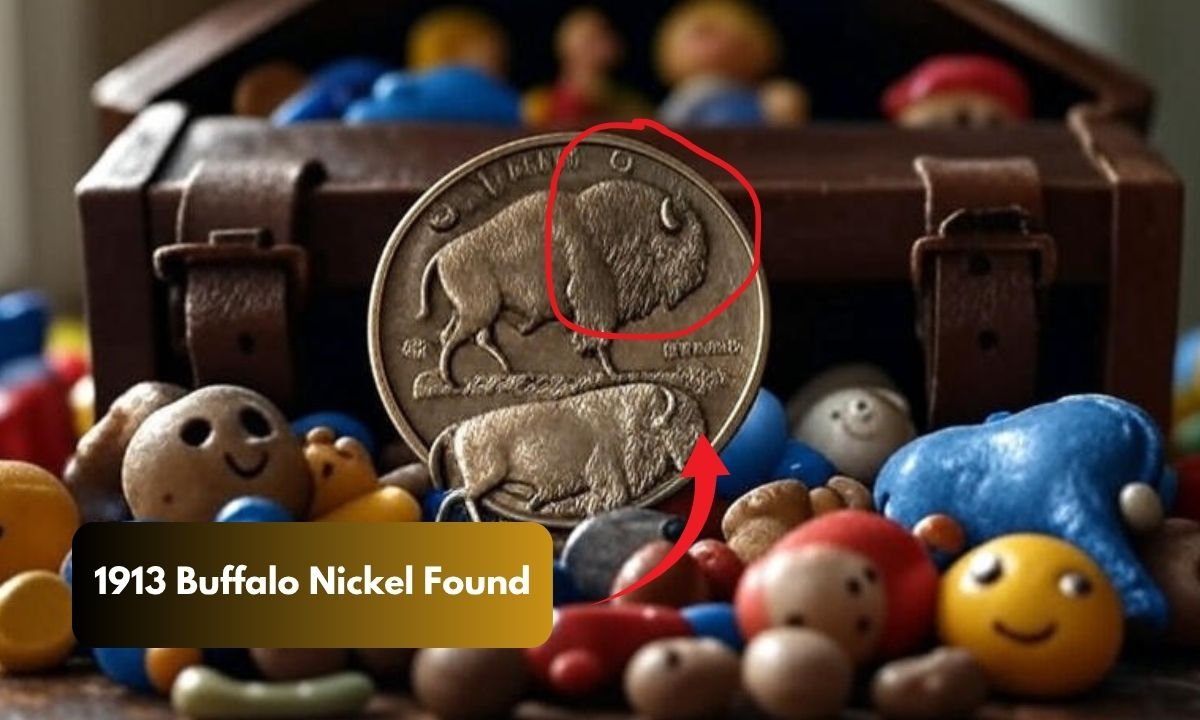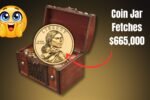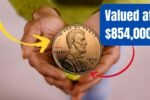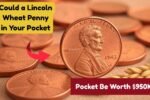Imagine stumbling across a dusty old toy chest in your attic, filled with forgotten trinkets and childhood memories. You dig through the pile, and there, nestled between a worn-out teddy bear and a broken toy car, is a small, tarnished coin. It doesn’t look like much, but that little piece of metal could be worth a fortune! That’s exactly what happened with a 1913 Buffalo Nickel, which recently made headlines by selling for a jaw-dropping $350,000 at auction. Let’s dive into the story of this incredible find and why this coin is such a big deal.
What Makes the 1913 Buffalo Nickel So Special?
The 1913 Buffalo Nickel isn’t just any old coin. It’s a piece of American history, designed by James Earle Fraser, with a proud Native American profile on one side and a majestic bison on the other. When it was first minted in 1913, it was a bold new look for the U.S. five-cent piece, replacing the older Liberty Head design. But what makes this particular coin so valuable? It’s all about rarity and variety. In 1913, the U.S. Mint produced Buffalo Nickels in two versions: Type I, with the bison standing on a mound, and Type II, where the ground is flat, and the words “FIVE CENTS” are recessed. Some of these coins, especially those from the San Francisco Mint (marked with an “S”), are incredibly rare. Combine that with pristine condition, and you’ve got a collector’s dream!
The Toy Chest Discovery: A Stroke of Luck
Picture this: someone’s cleaning out their attic, maybe getting ready to sell old junk or pass it down to the kids. They open a creaky toy chest, expecting nothing but nostalgia, and spot a small, unassuming coin. Most people might toss it aside, thinking it’s just pocket change. But this time, someone had a hunch. That 1913 Buffalo Nickel was carefully examined, authenticated, and graded by professionals. Turns out, it was in near-perfect condition—a rare gem that had been hiding for decades! It’s like finding a winning lottery ticket tucked inside an old book. Stories like this make you wonder: what treasures are hiding in your own home?
Why Did It Sell for $350,000?
You might be thinking, “How can a tiny nickel be worth so much?” Well, it’s not about the metal—it’s about the story and scarcity. The 1913 Buffalo Nickel, especially certain varieties like the 1913-S Type II, had low mintage numbers. Fewer coins mean higher demand among collectors, driving up the price. Condition matters too. A coin that’s barely been touched, with sharp details and no scratches, is like a perfectly preserved time capsule. Professional grading services, like PCGS or NGC, confirmed this nickel’s top-notch quality, boosting its value. At auction, passionate collectors battled it out, pushing the price to an astonishing $350,000. It’s proof that sometimes, the smallest things can hold the biggest value.
The Allure of Coin Collecting
Coin collecting, or numismatics, is like a treasure hunt that never ends. Every coin has a story, a piece of history etched into its surface. The 1913 Buffalo Nickel captures the spirit of the American West, with its iconic imagery. For collectors, finding a rare date or mintmark is like striking gold. And when a coin like this one pops up in a toy chest? It’s the kind of story that inspires people to start checking their own piggy banks! Have you ever looked closely at the coins in your pocket? You never know what might be hiding there.
Tips for Spotting Valuable Coins
So, how can you find your own $350,000 nickel? First, check the date and mintmark. For Buffalo Nickels, look for a “D” (Denver) or “S” (San Francisco) on the reverse, under “FIVE CENTS.” Next, examine the condition. Is the design crisp, or is it worn down? Don’t clean the coin—cleaning can ruin its value! Finally, get it appraised by a professional. Coin shops or grading services can tell you if you’ve got something special. It’s like having a treasure map—follow the clues, and you might uncover a fortune.
The Magic of Hidden Treasures
This 1913 Buffalo Nickel’s journey from a toy chest to a $350,000 auction is a reminder that treasures can hide anywhere. It’s not just about the money—it’s about the thrill of discovery, the connection to history, and the stories these coins carry. Maybe it belonged to a grandparent who tucked it away decades ago, or maybe it was a kid’s lucky find, forgotten over time. Whatever its path, this nickel shows that even the smallest objects can hold massive value. So, next time you’re rummaging through old boxes, keep your eyes peeled. You never know what might be waiting to surprise you!
Conclusion
The story of the 1913 Buffalo Nickel found in a toy chest is like a modern-day fairy tale. It’s a reminder that history can hide in the most unexpected places, waiting for someone to uncover its value. Whether you’re a coin collector or just someone with a dusty attic, this tale sparks a sense of adventure. Could you have a treasure hiding in plain sight? Next time you come across an old coin, take a closer look—it might just be your ticket to a small fortune!
FAQs
What is a 1913 Buffalo Nickel?
It’s a U.S. five-cent coin from 1913, featuring a Native American on one side and a bison on the other, designed by James Earle Fraser.
Why is the 1913 Buffalo Nickel so valuable?
Its value comes from rarity, especially for coins from the San Francisco Mint, and excellent condition, which collectors prize.
How can I tell if my coin is valuable?
Check the date, mintmark (like “S” or “D”), and condition. Get it appraised by a professional to confirm its worth.
Where was this $350,000 nickel found?
It was discovered in an old toy chest, likely forgotten for decades, before being authenticated and sold at auction.
Can I start coin collecting?
Absolutely! Start by checking coins in your pocket or old jars, learn about key dates, and visit a coin shop for advice.





